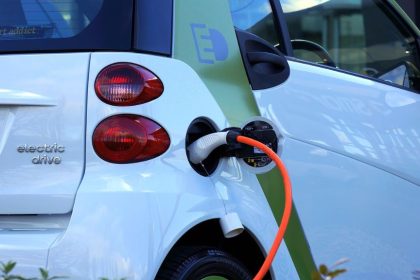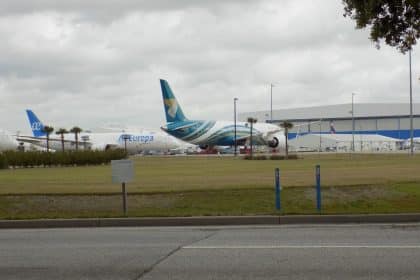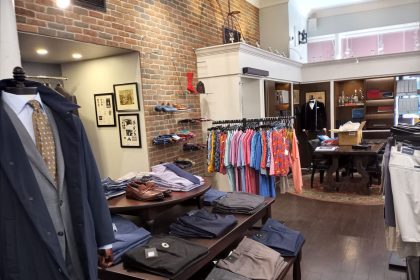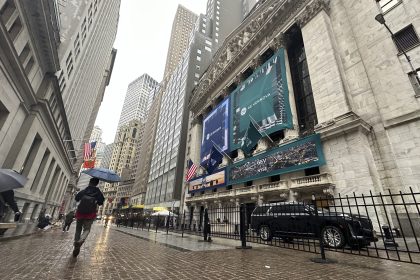Study Shows Mobile Payments Gaining Traction
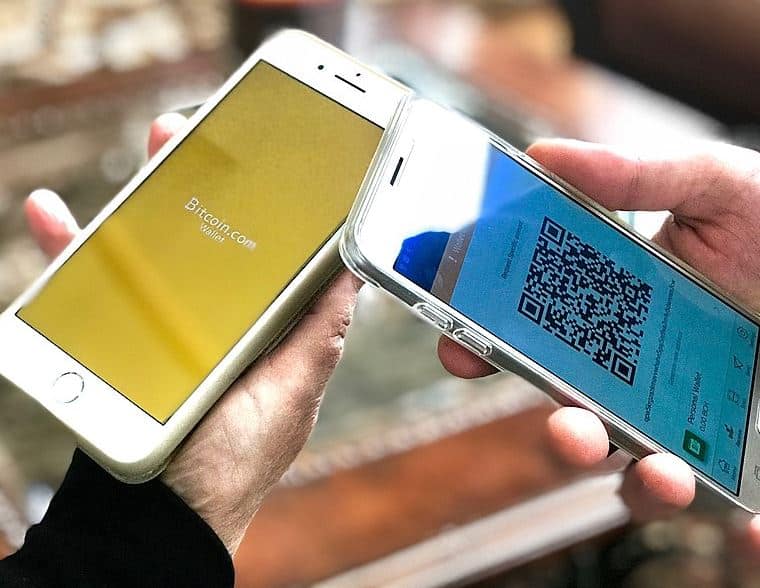
WASHINGTON — As Generation Z enters adulthood their spending and banking habits have the potential to increase social media advertising and the use of digital payments, such as mobile wallets, according to a new study by Thunes, a global B2B payments platform.
The study, which surveyed 6,500 people aged 16-24 in 13 developed and emerging countries, found mobile wallets like PayPal, Cash App and Venmo are the fastest growing forms of payment used by this age group globally. And it found Gen Z was more likely to buy something because “TikTok made me buy it,” referencing a popular meme that even has an Amazon store devoted to products seen and reviewed on the social media platform.
“We knew that social media would be a key part of a Zoomer’s daily life, but what our survey helped to reveal is the extent to which they are driving spending activity in this demographic,” Peter De Caluwe, CEO of Thunes, said in a statement.
“Another important aspect of their lives that we wanted to explore is their relationships with money and their affection for mobile-driven payment methods,” Thune continued. “As a company that embraces the diversity of payments and builds the next-generation payments infrastructure for the world, we will use these insights to shape our payment capabilities and solutions for the large group of the internet businesses that we serve.”
Thunes works with companies to allow for money transfers across over 120 countries, working with various banks and companies including Western Union, according to its website.
The results of this study also come during the current challenge to the notion that “cash is king.”
One challenge came in 2017 when the chain Sweetgreen, a fast-casual restaurant serving salads, attempted to go cashless before reversing its policy in 2019. Sweetgreen changed its policies after cities like San Francisco, California, and Philadelphia, Pennsylvania, banned credit and debit card-only brick-and-mortar stores.
Also, since the pandemic began many stores started asking for mobile pay, credit and debit as their preferred methods of payment to create fewer cash transactions, which require hand-to-hand contact. A change shortage has also increased the number of stores asking for noncash payments.
Typically in the U.S., these mobile wallets are an interface that can be used as payment linked to bank accounts or credit cards, like PayPal, which is the most-used payment brand by Gen Z in the U.S., according to the study.
Outside of developed countries, it’s often telecom companies filling the void because banks are not as easily accessible, the study found.
The India-based telecoms company Airtel has ventured into the mobile wallet area. The company, which operates in 18 countries across South Asia and Africa, allows customers to add money to their phone and broadband plans as well as bank all through its website.
“Failure to recognize the imminent influence of the digitally native Zoomer could result in a once perfectly shoppable brand witnessing slipping sales,” De Caluwe said.
Madeline can be reached at [email protected]



















